Who We Are
Geospatial data and analysis is critical for conservation, from planning to implementation and measuring success. Every day, mapping and spatial analysis are aiding conservation decisions, protected areas designation, habitat management on reserves and monitoring of wildlife populations, to name but a few examples. The Geospatial group focuses on all aspects of this field, from field surveys to remote sensing and data development/analysis to GIS systems.
How to Get Started
Want to learn more about how remote sensing is used in conservation? Check out the first two episodes of this season of Tech Tutors, where our Tutors answer the questions How do I use open source remote sensing data to monitor fishing? and How do I access and visualise open source remote sensing data in Google Earth Engine? You can also check out our Virtual Meetup Archive for a range of panels that overlap with Geospatial topics, or take a look at our Earth Observation 101 lecture series from Dr. Cristian Rossi.
Our Purpose
The WILDLABS Geospatial Group is for conservation practitioners, geospatial analysts, and academics that want to:
- Share geospatial resources, best practices, data, and ideas;
- Network amongst geospatial and data practitioners;
- Create peer learning opportunities;
- Promote the use of free and open-source geospatial software; and
- Improve the use of GIS software and geospatial analyses in conservation management and research.
Group curators
Over 35 years of experience in biodiversity conservation worldwide, largely focused on forests, rewilding and conservation technology. I run my own business assisting nonprofits and agencies in the conservation community



- 5 Resources
- 62 Discussions
- 12 Groups
- @ahmedjunaid
- | He/His
Zoologist, Ecologist, Herpetologist, Conservation Biologist





- 63 Resources
- 7 Discussions
- 26 Groups
Fauna & Flora
Remote Sensing Scientist, Conservation Technology & Nature Markets @ Fauna & Flora - WILDLABS Geospatial Group Co-Lead



- 34 Resources
- 28 Discussions
- 8 Groups
- @Hadjah
- | Her
Hadjah Naggayi is a land surveyor/GIS analyst by profession. She is a climate justice activist, and an upcoming Fitness fitness instructor. She is currently working with Actogether Uganda as a Data manager
- 0 Resources
- 0 Discussions
- 2 Groups
- @RobinaKausar
- | Robi
Researcher, Zoologist,
- 0 Resources
- 0 Discussions
- 1 Groups
Background in sustainable development + data science, AI for bioacoustics (BSc Cooperation and Development, Italy; MSc data science, Sweden)



- 0 Resources
- 17 Discussions
- 4 Groups
- @Stelios
- | he/him
I am a Software Developer living in Berlin, Germany. Previously studied Informatics (BSc) and Data Science (MSc) in Athens, Greece.
- 0 Resources
- 0 Discussions
- 12 Groups
- @truphena_k
- | turu
GIS Technician.
- 0 Resources
- 6 Discussions
- 5 Groups
- @Aurel
- | She/Her
Looking to reconcile biodiversity conservation and finance.

- 0 Resources
- 0 Discussions
- 10 Groups
- @Kyle_Birchard
- | He/Him
Building tools for research and management of insect populations
- 0 Resources
- 0 Discussions
- 6 Groups
Ms. Sarah Mshanga is a research assistant-trainee at the Women in Conservation Organization since August 2023. She holds BSc. in Wildlife Management from Sokoine University of Agriculture. She also interned at Lion Landscapes and GMERC Project.
- 21 Resources
- 52 Discussions
- 12 Groups
- @diego_ellis_soto
- | he/him
University of California & California Academy of Sciences
Biodiversity |Technology | Socio-Ecological Systems | Wildlife Ecology | Remote Sensing | Conservation | K12STEM-education | Music | diegoellissoto.org
- 0 Resources
- 0 Discussions
- 20 Groups
Mechanical Engineer background in test and measurement, IT maintenance consulting, database development, field installation, field maintenance and systems analysis
- 0 Resources
- 0 Discussions
- 7 Groups
- @mattaudette
- | he, him, his
Software Tester and Test Automator at Wildlife Protection Solutions
- 0 Resources
- 1 Discussions
- 24 Groups
- @williams
- | He/Him
I am a conservationist specializing in endangered species, particularly vultures. As the Endangered Species Conservation Coordinator/Co-Founder at Biota Conservation Hub Foundation (BiotaCHF), I have conducted extensive research/conservation of vultures and other water birds.
- 0 Resources
- 0 Discussions
- 14 Groups
R Package - pMEM
30 November 2024
R Package - swaRmverse
28 November 2024
BATS
28 November 2024
Statistics Globe - Basics to Mastery: The Ultimate Course on Statistical Methods in R
27 November 2024
https://doi.org/10.3390/fire7110413
27 November 2024
The paper looks at technology advances for vegetation cover changes monitoring. For example, computer vision methods to infer 3D parameters via contextual learning from optical images.
25 November 2024
Interesting webinar on the use of advanced technologies(e.g. Artificial Intelligence, cloud computing, drones, camera traps and satellites) for biodiversity monitoring in the Amazon. Also available in Spanish.
25 November 2024
FAO has developed a dashboard that provides an overview of technological solutions (platforms and satellite imagery etc.) that countries use to monitor forest dynamics and improve reporting on forest related emissions...
25 November 2024
Treeconomy is a venture-backed earth-tech startup working at the dynamic intersection of technology, ecology, and finance.
18 November 2024
June 2025
event
event
October 2025
event
November 2025
July 2024
event
June 2024
126 Products
Recently updated products
| Description | Activity | Replies | Groups | Updated |
|---|---|---|---|---|
| The loss of the free NICFI tropics data has been a huge loss for us at CI. We have many teams that were using it for lots of different use cases. If anyone has alternatives, we... |
|
Geospatial | 4 days 13 hours ago | |
| Hi all! I recently did a little case study using RGB drone data and machine learning to quantify plant health in strawberries. I wanted to... |
|
Citizen Science, Conservation Tech Training and Education, Drones, Geospatial | 1 week 1 day ago | |
| I have posted about this in a different group, but I love boosting the impact of my communication through use of visuals. Free graphics relating to conservation technology... |
|
Geospatial, Climate Change, Community Base, Connectivity, Funding and Finance, Open Source Solutions | 3 weeks 3 days ago | |
| One of our goals with explorer.land is to bridge satellite data and on-the-ground perspectives — helping teams combine field updates,... |
|
AI for Conservation, Geospatial, Open Source Solutions, Sensors | 1 month ago | |
| 15 years ago I had to rebuild the dams on a game reserve I was managing due to flood damage and neglect. How I wished there was an easier,... |
|
Drones, Conservation Tech Training and Education, Data management and processing tools, Emerging Tech, Geospatial, Open Source Solutions | 1 month 1 week ago | |
| Hi @iainmcnicol , welcome to WILDLABS! Thanks for posting this on here. I have shared with my colleagues at Fauna & Flora who have some experience (especially with the... |
|
Community Base, Geospatial, Protected Area Management Tools, Wildlife Crime | 1 month 1 week ago | |
| A nice work from @dmorris! See his LK post. "Lots of information in the conservation literature is represented in maps (e.g., the... |
|
AI for Conservation, Geospatial | 1 month 2 weeks ago | |
| Yep see you on friday |
+3
|
Geospatial, Acoustics, AI for Conservation, Camera Traps, Citizen Science, Community Base, Data management and processing tools, Emerging Tech, Open Source Solutions, Protected Area Management Tools | 1 month 3 weeks ago | |
| Yep we are working on it 1/ segment 2/remote unwanted ecosytem3/get local potential habitat4/generate5/add to picture |
|
Geospatial, AI for Conservation, Data management and processing tools, Open Source Solutions, Software Development | 1 month 3 weeks ago | |
| All sound, would be nice if there were only 5, though! |
|
AI for Conservation, Citizen Science, Data management and processing tools, Emerging Tech, Ethics of Conservation Tech, Funding and Finance, Geospatial, Open Source Solutions, Software Development | 1 month 4 weeks ago | |
| Good morning JocelynThank you very much for your comment, this is proving to be very useful advice and thank you so much for setting me on the right path!! This is very exciting!!... |
|
Animal Movement, Citizen Science, Human-Wildlife Conflict, Marine Conservation, Drones, Community Base, Geospatial | 1 month 4 weeks ago | |
| Means so much. Thank you, @CathyNj. |
|
Geospatial | 1 month 4 weeks ago |
Fisheries Analyst (Pacific)
15 June 2023 12:15pm
2023 Esri User Conference
7 June 2023 3:37pm
WILDLABS Conservation Tech Intern (The Inventory)
6 June 2023 10:43am
ISO Speakers for Emerging Technologies class.
31 May 2023 4:29pm
2 June 2023 2:08pm
Carly, that would be great! Thanks! I work with soundscapes and love the work of Rainforest Connection! I'll send you an email (@CUNY) to coordinate!
Natural Capital GIS & Data Administrator
31 May 2023 3:55pm
Climasens: Using technology to understand and respond to climate change
30 May 2023 12:36pm
PostDoc in forest remote sensing
Animal tracking stories
22 May 2023 2:19am
Field Surveyor
16 May 2023 4:06pm
How do I create an aerial survey flight plan for wildlife monitoring?
9 May 2023 9:24am
Machine Learning Researcher - Computer Vision (Remote)
2 May 2023 8:49pm
Satellites offer new ways to study ecosystems—and maybe even save them | Science | AAAS
24 April 2023 10:48am
Looking for entry level remote role in GIS/environmental analysis in the United States
22 April 2023 12:05am
Rapid due diligence for forest carbon projects
21 April 2023 10:51am
Data Scientist (Geospatial), Global Fishing Watch
19 April 2023 10:34am
Introduction to Mapping using QGIS Training
17 April 2023 10:51am
The 59th Annual Meeting of Illinois Chapter of The Wildlife Society
12 April 2023 5:24am
Advice on afforable LiDAR scanners for Amazon forest surveys
5 April 2023 3:47pm
6 April 2023 6:21pm
Hi Jeremy,
With a quick search I've found the paper linked below. It looks like equipments such as Livox MID are sufficient for plot-level analyses, but not for individual trees. Also, it has performed worse in dense canopies and broadleaf forest, thus I believe we won't have a technology capable of doing what you aim for this amount of money (< $1000) in a few years from now.
I hope someone give us an alternative, though. :D
Best,
Who's going to ESA in Portland this year?
31 March 2023 9:27am
4 April 2023 9:58am
That sounds great. I think you should encourage people to bring a bit of tech with them, can be a good conversation starter/ice-breaker
4 April 2023 4:04pm
Good idea! I've got a ransom assortment of different acoustic recorders I can bring along
5 April 2023 11:58pm
Indeed, I'll be there too! I like to meet new conservation friends with morning runs, so I will likely organize a couple of runs, maybe one right near the conference, and one somewhere in a nearby park where we can look for wildlife. The latter would probably be at an obscenely early hour, so we can drive somewhere, ideally see elk (there are elk within 25 minutes of Portland!), and still get back in time for the morning sessions.
Due diligence for Nature Based Solutions
5 April 2023 3:38pm
How do I extract spatial data from EarthRanger to create maps on QGIS & ArcGIS Pro?
3 April 2023 12:35pm
Remote Sensing Technology for Improved Forest Carbon Inventorying
27 March 2023 11:58am
Exploring storage options for mass data collection
22 March 2023 3:20am
22 March 2023 7:36pm
Hi Adam!
I mostly live within the ecoacoustics space so I'll just speak on the hydrophone part of your request; Arbimon is a free web/cloud-based platform with unlimited storage for audio files. We've got an uploader app as well for mass-uploading lots of files. There's also a bunch of spectrogram visualization/annotation tools and analysis workflows available. It's AWS running under the hood.
I have some experience working directly with AWS & Microsoft Azure, and I've found personally that AWS was more user-friendly and intuitive for the (fairly simplistic) kinds of tasks I've done.
27 March 2023 5:23am
Meeting customer deadlines, without having to hire more staff
24 March 2023 4:02pm
Python for Geographers (video)
21 March 2023 4:56pm
ARSET - Fundamentals of Machine Learning for Earth Science
21 March 2023 4:49pm
Monitoring airborne biomass
14 March 2023 10:30am
14 March 2023 1:34pm
Looks like you want to have a read of this thread:
20 March 2023 2:44pm
Our project in very short is, setting up a sensor network for monitoring airborne biomass, mainly insects, birds and bats in near realtime, and to develop a forecast model to be used for mitigation with respect various types of human-wildlife conflicts (e.g. wind power, pesticide application, aviation). Our expertise is mainly in radar monitoring, but we aim on add insect camera information to be merged with the quantitative biomass measeurments by radar.
Google Earth Engine vs Microsoft's Planetary Computer: Which do I use?
3 March 2023 11:38am
12 March 2023 3:21pm
Dear @Frank_van_der_Most and @StephODonnell , thanks for the comments. Regarding the importance of local knowledge in EO data classification, some thoughts follow:
1. Consider two AI applications: large language models (LLM) and object recognition in images. LLMs such as ChatGPT use words to predict the next word. Since language is its own meta-language, LLMs rely on the fact that our understanding of written text is direct. There are no intermediaries between humans and the printed page.
2. Object recognition in images (e.g., face recognition) is another kind of AI application where there is an implicit assumption: there are objects (faces, cars, etc) in the image and the role of the algorithm is to distinguish them from the background (considered as unwanted noise).
3. Classification and interpretation of Earth observation data, by contrast, uses a different paradigm. In principle, all of the data is informative. Unlike face recognition, there is no background. Every pixel counts. Pixel values are not words, but measures of reflections, emissions or echoes of the Earth's surface.
4. We use words to describe the reality external to us. The variety of nature is such that we have to use simplifications and taxonomies to describe our landscapes. Take the word "forest". As Chazdon et al. question in their 2016 paper, "when is a forest a forest?" The answer is: it depends on who is asking the question.
5. There have been many attempts to join pixel values with landscape descriptions. e.g, "pixels with NDVI > 0.75 are forests". Do they? What about dry forests that only have high NDVI values in the wet season? So far, all attempts to use direct links between pixel values and landscapes have failed the test of rigour.
6. Another example is the algorithm used by Global Forest Watch to measure tree cover gain and loss. As explained in the link below, "Not all tree cover is a forest". As GFW acknowledges, their algorithm has problems distinguishing forest from oil-palm plantation and to identify trees in dry forests (see more at https://research.wri.org/gfr/data-methods?utm_campaign=treecoverloss2021&Limitations#limitations).
7. Some of you may know the attempt made by FAO to standardize land use and land cover classification using the LCCS ontology. LCCS describes land properties based only on land cover types, disregarding land use. For example, LCCS does not distinguish ‘pasture’ from ‘natural grasslands’; it labels both as herbaceous land cover types. Classification in LCCS has no temporal reference. For a more detailed criticism, see Camara (2020).
8. There is no shortage of global land cover and land use maps. While these maps provide a general sense of the global picture, very few (if any) have local significance. As those in the WILDLABS community know, local context matters. My favourite example is the Brazilian Cerrado, an endangered biodiversity hotspot. In the last decades, many areas of natural vegetation in the Cerrado have been converted to pasture for cattle raising. However, global maps inevitably label both pastures and natural Cerrado vegetation as "grasslands". Clearly, such data is hardly usable for supporting studies and public policies in the Cerrado.
9. What is the alternative for mapping areas such as the Cerrado? The only way I see is gathering experts who understand the uniqueness of each ecosystem and try to relate each landscape to signals measured by EO satellites. This is hard and painstaking work, which many iterations.
10. The recent availability of open big EO data is a blessing and a curse. Using time series, experts can use the temporal evolution of the pixel values to improve the discriminatory power of EO data. Take the distinction between herbaceous pasture and natural Cerrado vegetation. All savannas of the planet (including the Cerrado) have evolved to be resilient to the dry season and to fire. Therefore, while in the wet season it is sometimes difficult to distinguish between herbaceous pasture and natural Cerrado, such distinction increases in the dry season. This is a case of where time series and big data improve the classification results.
11. Big EO data is also a curse, since it requires experts to rethink how to use EO data for land classification. Selecting training samples by looking at a single image is too simplistic when we are classifying time series. Linking the values of a time series to the temporal evolution of the landscapes requires relearning what EO data is.
Long story short: using Earth observation for conservation studies and public policy making is hard. It requires the combination of big EO data, good algorithms, and lots of expertise to understand the information inherent in the data. A nice challenge to all!
References cited:
Chazdon et al., "When is a forest a forest? Forest concepts and definitions in the era of forest and landscape restoration". Ambio, 45, p 538–550 (2016).
Camara, "On the semantics of big Earth observation data for land classification". Journal of Spatial Information Science, 20 (2020).
17 March 2023 9:33am
18 March 2023 12:48am
Dear @gcamara , thank you so much for your elaborate reply. I am afraid, I am still overlooking something. Do I understand correctly, that the relationship between EO and local expertise is that one needs the local expertise to inform the interpretation of the EO data? But then every area that is different from its neighbors ( easier said than established ) needs a representative. That means that one needs a huge number of representatives to cover the entire earth. If that is organized, then the knowledge is collected through these people. How are the images then still useful? For the precision and the quantification?
GIS for a Sustainable World
16 March 2023 4:28pm
Proposals wanted for Innovation in Practice
6 March 2023 10:34pm


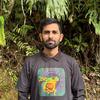















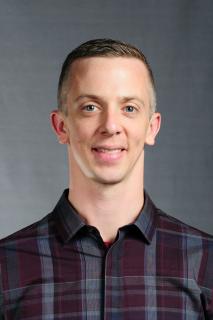

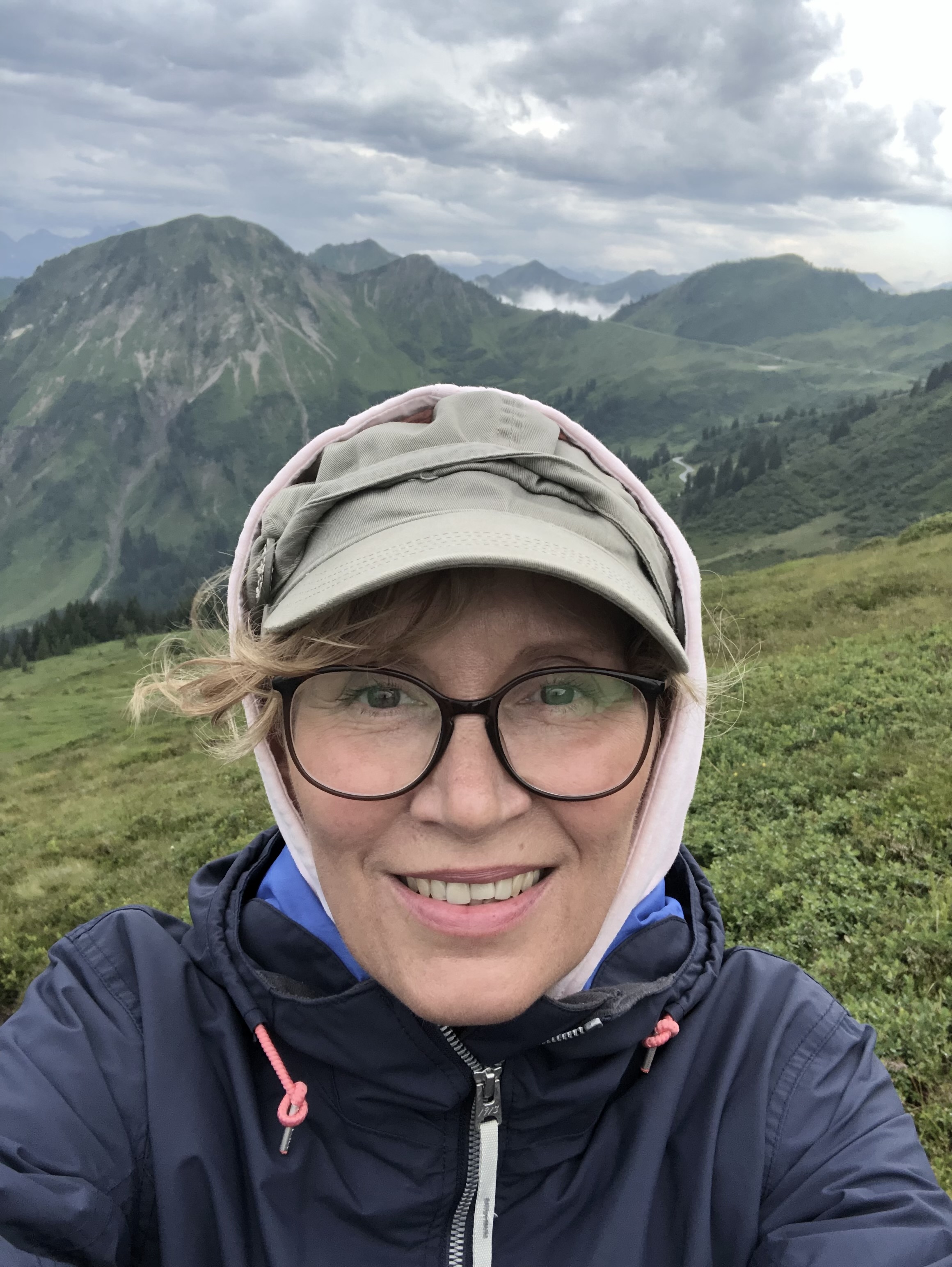

















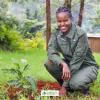


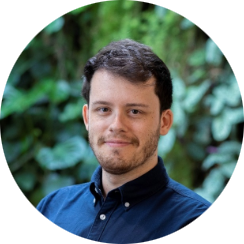

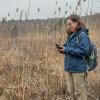



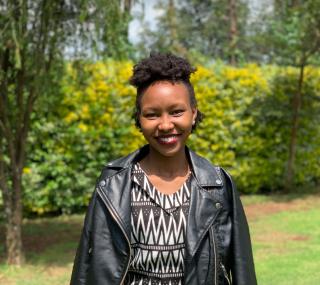








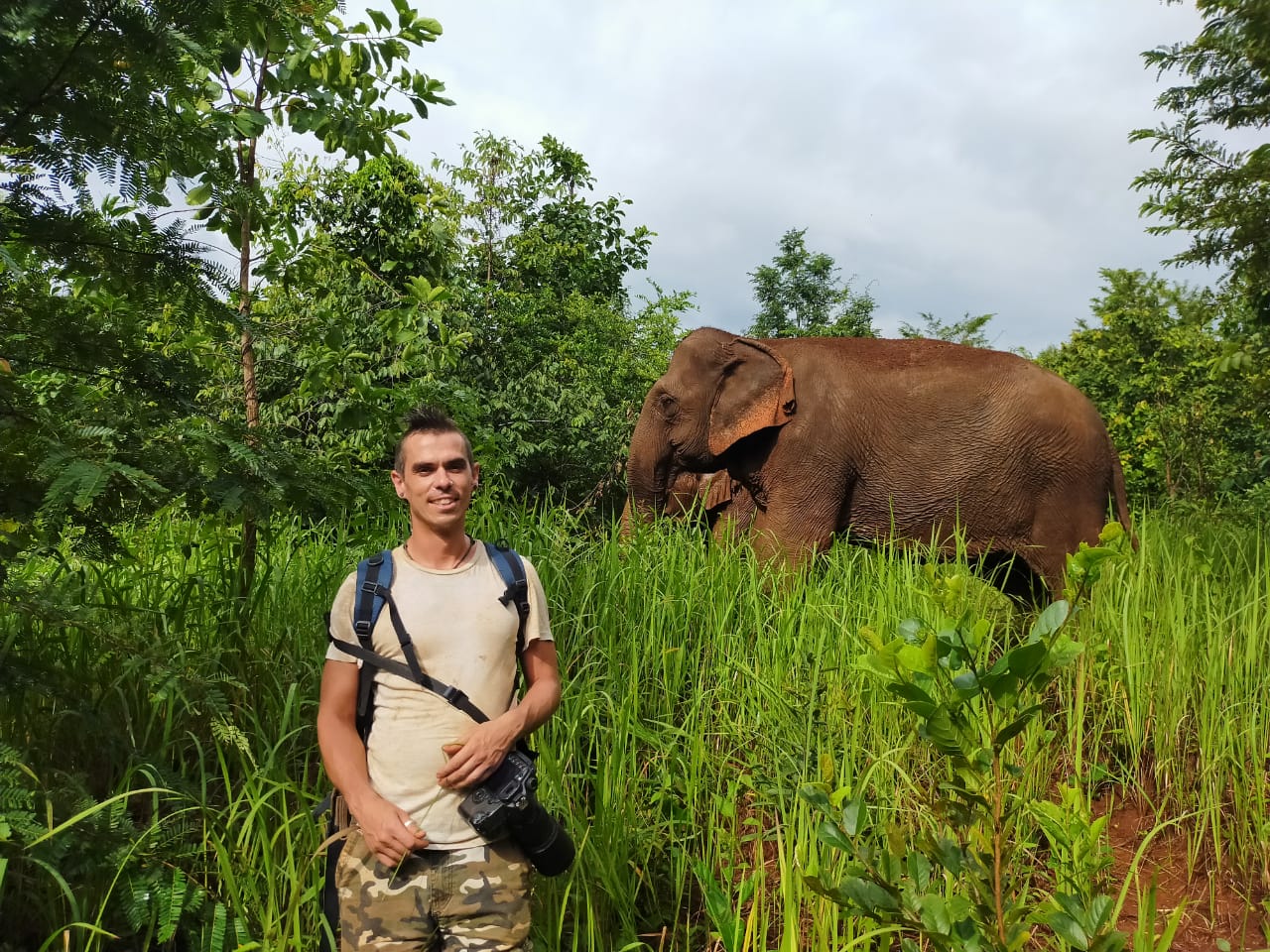
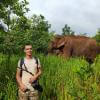





31 May 2023 10:21pm
Definitely interested! I'm in the ecoacoustics/acoustic monitoring space, working at Rainforest Connection and Arbimon.